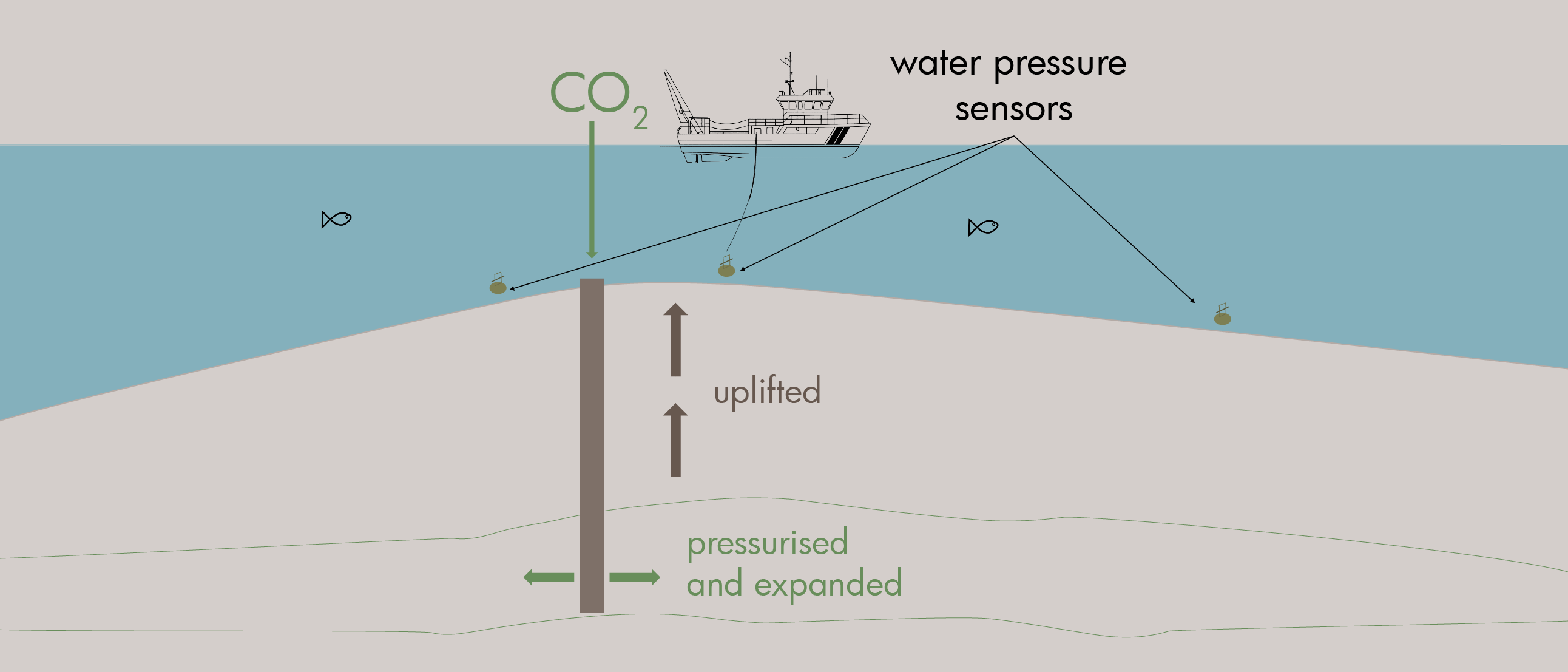Prior to building a full 3D model of a carbon store, the mass of CO2 that can be stored in a reservoir can be calculated by multiplying the pore volume by the CO2 density and a Storage Efficiency. The “efficiency factor” accounts for the portion of the pore volume that could be occupied by CO2. This sounds straightforward, but the calculation of Storage Efficiency is complicated as it does not have a consistent definition.
…there is much controversy on how to estimate Storage Efficiency, with some arguing it should not be used at all and that reservoir simulation is a better path.
In some cases, the Storage Efficiency factor is applied to the total pore volume within a slab or cylinder, while in others it is applied to the net effective pore volume above a spill point.
Furthermore, the constraints that feed into the Storage Efficiency are not well defined. For instance, some estimates include pressure while others do not. Other controls that may or may not be included are lithological heterogeneity, trapping structures, injection rates, well spacing and fluid properties like CO2 density and mobility.
Storage and voidage
Storage Efficiency is generally discussed in relation to both open and closed saline aquifers, while voidage replacement is used to calculate the mass of CO2 that can be stored in a depleted gas field.
Due to this complexity, there is much controversy on how to estimate Storage Efficiency, with some arguing it should not be used at all and that reservoir simulation is a better path.
At the same time, estimates of Storage Efficiency are being used in many regional mapping studies, which are demanded by regulators and government bodies to base new policies on. Companies use Storage Efficiency at the early stages of project screening, and when determining which licence area to bid for. In turn, for US landowners the Storage Efficiency factor dictates how much money they can make by allowing CO2 to be stored in reservoirs situated under their land.
Based on these examples, it is easy to see that it is critical for an appropriate definition of Storage Efficiency to be developed, as the number of active storage sites is going to increase rapidly. The discussions and talks at the conference will hopefully have helped to get a step closer to establishing a consistent, multidisciplinary approach for estimating Storage Efficiency. The convenors are now planning to distil the conference’s insights into a comprehensive paper, providing a roadmap for calculating and applying Storage Efficiency.
Access the conference abstracts here





